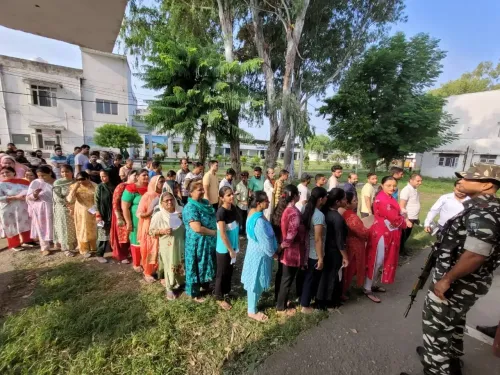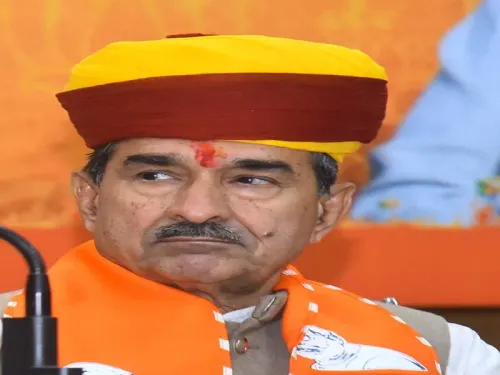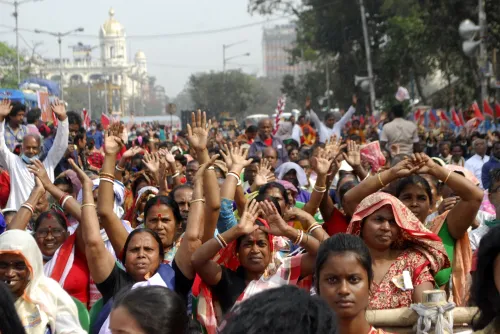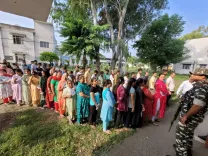What is India Celebrating on 'National Handloom Day' Today?
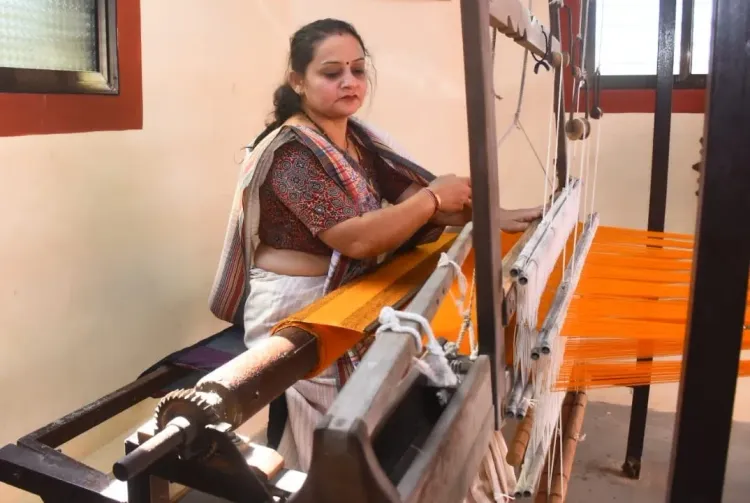
Synopsis
Key Takeaways
- National Handloom Day is celebrated on August 7 to honor weaving traditions.
- The day commemorates the 'Swadeshi Movement' initiated in 1905.
- It acknowledges the contributions of artisans and promotes local industries.
- Awards recognize excellence in craftsmanship and innovation.
- The handloom sector significantly impacts employment and cultural heritage.
New Delhi, Aug 7 (NationPress) India is commemorating the 11th National Handloom Day on Thursday, celebrating the nation's rich weaving legacy and the talented artisans who preserve these traditions. This observance pays tribute to the historic 'Swadeshi Movement' initiated on August 7, 1905, aimed at promoting local industries, particularly handlooms, as a form of opposition to British colonialism.
In recognition of the 'Swadeshi Movement', the Government of India established August 7 as National Handloom Day in 2015.
This event not only serves as a homage to our history and cultural heritage but also marks a leap forward through innovation, exemplified by initiatives like the Handloom Hackathon 2025.
The inaugural National Handloom Day was marked on August 7, 2015, by Prime Minister Narendra Modi in Chennai, where the handloom weaving community was celebrated, emphasizing the vital role of this sector in India’s socio-economic framework.
This year's celebration is taking place at Bharat Mandapam, New Delhi, where President Droupadi Murmu will present the esteemed 'Sant Kabir Handloom Awards' and 'National Handloom Awards' to 24 individuals.
Among these, 5 recipients will receive the Sant Kabir Award and 19 will be honored with the National Handloom Award.
These awards recognize excellence in craftsmanship, creativity, and commitment to the advancement of the handloom sector.
These accolades are part of the Handloom Marketing Assistance (HMA) component under the National Handloom Development Programme (NHDP), acknowledging the contributions of weavers, designers, start-ups, and producer companies who have significantly impacted the industry.
Each Sant Kabir Award includes a cash prize of Rs 3.5 lakh, a gold coin, a Tamrapatra, a shawl, and a certificate. Each National Handloom Award features a cash prize of Rs 2 lakh, a Tamrapatra, a shawl, and a certificate.
The occasion will be graced by Union Textiles Minister Giriraj Singh, MoS for External Affairs & Textiles Pabitra Margherita, Secretary of Textiles Neelam Shami Rao, and Development Commissioner for Handlooms Dr. M. Beena, along with international buyers, exporters, government officials, and around 650 weavers from across the nation.
The Indian handloom sector is among the oldest and most vibrant cottage industries globally, providing livelihoods to over 35 lakh individuals, with women constituting over 70 percent of the workforce. For many, especially in rural regions, weaving represents both a cultural heritage and a means of earning.
Recently, to aid the handloom sector in meeting modern challenges, the Ministry of Textiles launched the Handloom Hackathon 2025, which took place on August 4, 2025, at the Research and Innovation Park at IIT Delhi. Organized by the Development Commissioner (Handlooms) in partnership with the National Design Centre and FITT, IIT Delhi, this initiative signifies a substantial step toward innovation-driven growth in the sector.
Beyond mere fabric, Indian handlooms encapsulate narratives of tradition, heritage, and identity — from Banarasi silks to Kanjeevarams. Environmentally sustainable and deeply intertwined with local life, they continue to play a crucial role in fostering sustainable development, empowering women, and preserving India's cultural richness.


